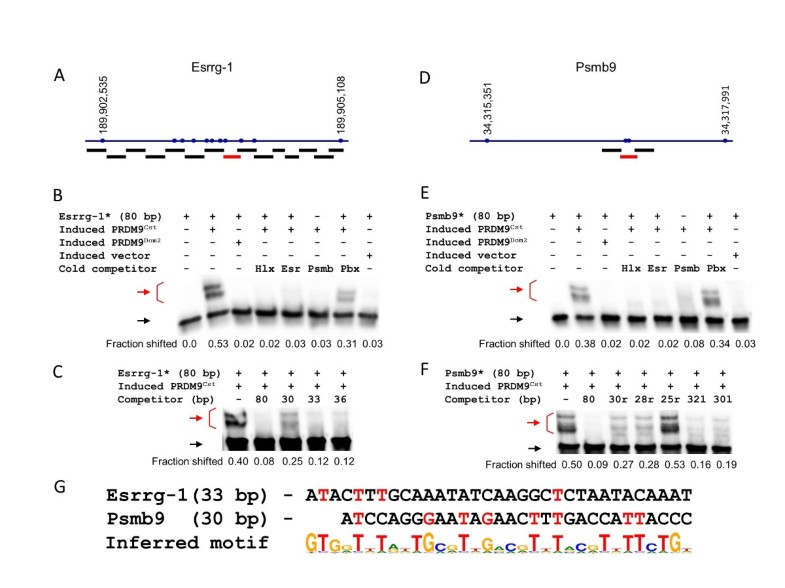

For example, the DNA-cutting enzyme DNAse I cuts DNA almost randomly and so must bind to DNA in a non-sequence-specific manner. Each specific type of DNA recognition is tailored to the protein's function. DNA recognition by the DBD can occur at the major or minor groove of DNA, or at the sugar-phosphate DNA backbone (see the structure of DNA). The DBD interacts with the nucleotides of DNA in a DNA sequence-specific or non-sequence-specific manner, but even non-sequence-specific recognition involves some sort of molecular complementarity between protein and DNA. The final output of most cellular signaling cascades is gene regulation. For example, proteins that regulate transcription by binding DNA are called transcription factors. Many proteins involved in the regulation of gene expression contain DNA-binding domains. The function of DNA binding is either structural or involves transcription regulation, with the two roles sometimes overlapping.ĭNA-binding domains with functions involving DNA structure have biological roles in DNA replication, repair, storage, and modification, such as methylation. The extra domains often regulate the activity of the DNA-binding domain. One or more DNA-binding domains are often part of a larger protein consisting of further protein domains with differing function. The allosteric response of the protein is communicated from the regulatory domain to the DNA binding domain through the linker region. The regulatory domain binds an allosteric effector molecule (green). The N-terminal DNA-binding domain (labeled) of Lac repressor is regulated by a C-terminal regulatory domain (labeled). Example of a DNA-binding domain in the context of a protein.


 0 kommentar(er)
0 kommentar(er)
